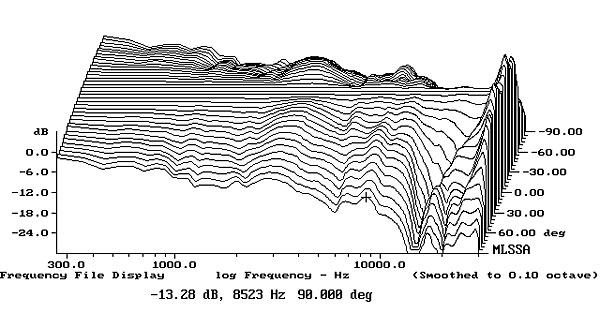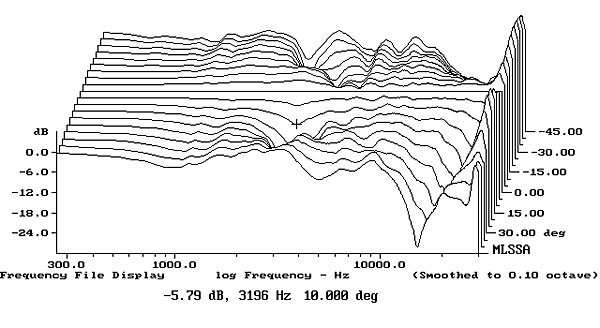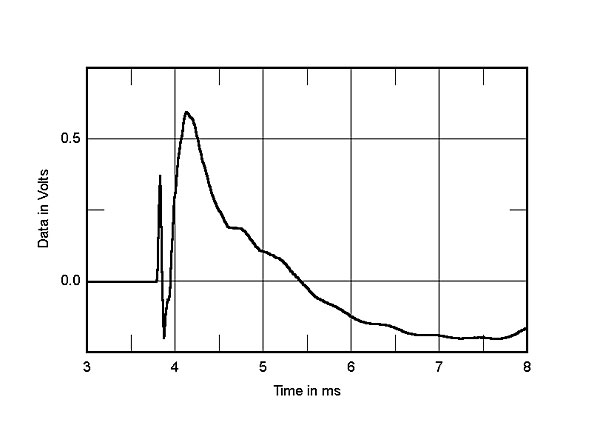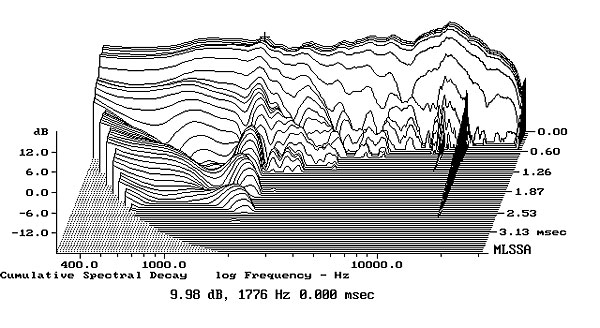| Columns Retired Columns & Blogs |
Anyone listen to the floorstanding in this series, the SP-FS52's? I would like the floorstanding if it will sound as clean as the bookshelf. And at the same price, $129, I am torn on which way to go. I tried listening to them in the store but I couldn't get a good feel for them, and for some strange reason they wouldn't let me borrow them :)

















































